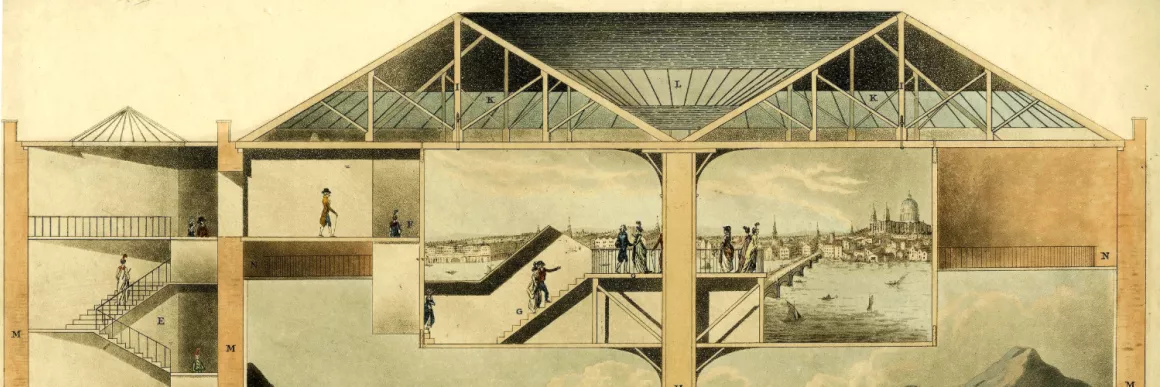This volume is dedicated to both excavating the Romantic genealogies of visuality and charting directions for the ways in which the study of Romantic visual culture may redraw the geographic, temporal, and disciplinary bounds of Romanticism, bringing diverse, and in some instances new, objects and their ethical, political, and aesthetic stakes into view. The essays investigate three broad inquiries: 1) technologies of vision and objectivity’s slippages; 2) the indigenous or transplanted fruits of visuality’s New World Genealogies and 3) the role of proto-photography, panopticism, and slavery in the spectral formation of Romantic visuality. Emphasizing the ways we interpret visuality in romantic culture, the volume invites reconsideration of media, practices, and discourses that would seem to belong to earlier and later periods—from the artifacts and modes of viewing attached to curiosity and to technologies and ways of imaging and imagining that have become aligned with photography and the digital.
Abstract
The five essays gathered in this Praxis volume, together with exhibits in the new Romantic Circles Gallery, including two developed by Lucy Kimiko Hawkinson Traverse and Matthew Rarey, whose essays also appear in this volume, recognize what we have come to understand as the wide cultural reach of Romantic visualities, as manifold and often divergent impulses that join the cultural moment of Romanticism to our own.
Abstract
This paper explores questions related to the representation of history and actuality, in all its possible senses, at the popular panoramas of the early nineteenth century. Using London and Paris as central examples (both were key cities for the development of the panorama), it considers the importance of the panorama as a medium for conveying certain kinds of visual knowledge—amenable to new regimes of description—and as a form closely linked to the self-representation of the urban metropolis.
Brazilian Romantic Satire on the Peripheries of Photo-Realism: the Case of Angelo Agostini
Marcus WoodAbstract
The following analysis considers four abolitionist satires produced by Angelo Agostini (1843–1910), a satiric lithographer of genius who worked in Rio de Janeiro in the second half of the nineteenth century. Agostini made his prints in a place and at a time riven with contradictions which resulted from the manner in which incipient urban capitalism was thrown up against the survival of a slavery system operating feudal social structures. Rio was a metropolitan center in which slave labor existed hand in hand with the development of new technologies including gas-lighting and steam power.
Camera Lucida Mexicana: Travel, Visual Technologies, and Contested Objectivities
Matthew Francis RareyAbstract
This essay discusses three nascent visual technologies—the camera lucida, the panorama, and the daguerreotype—as often stubborn and defiant agents in quests for both scientific rationality and picturesque image-making in the first four decades of the nineteenth century. Through a series of case studies, it also details how the agency of such technologies emerged in the complex circuits of transatlantic intellectual and artistic exchange formed in order to represent, and thus claim access to or ownership of, Mexican history and archaeology across Europe and the Americas.
Abstract
J. M. W. Turner’s Slavers Throwing Overboard the Dead and Dying (“The Slave Ship”) has been thoroughly analyzed as a Romantic and sublime meditation on the evils of the slave trade, which was still ongoing when the picture was exhibited at London’s Royal Academy in 1840. This essay goes beyond the question of slavery to take up the inter-related issue of race, situating the slavers’ depictions of the fragmented bodies of black slaves within a larger network of representations of the “negro” that were produced over the previous sixty years.
Abstract
The gentlemanly or artistic wanderer is integral to the Romantic imagination, yet the ideal of the peripatetic existed against a backdrop of less desirable forms of vagrancy and nomadism. Through changing Poor Laws and Vagrancy Acts, as well as the enclosure of lands, these forms of unsanctioned wandering became increasingly criminalized and unsustainable, even as the endorsed amblings of the inquisitive artist-gentlemen were celebrated.

